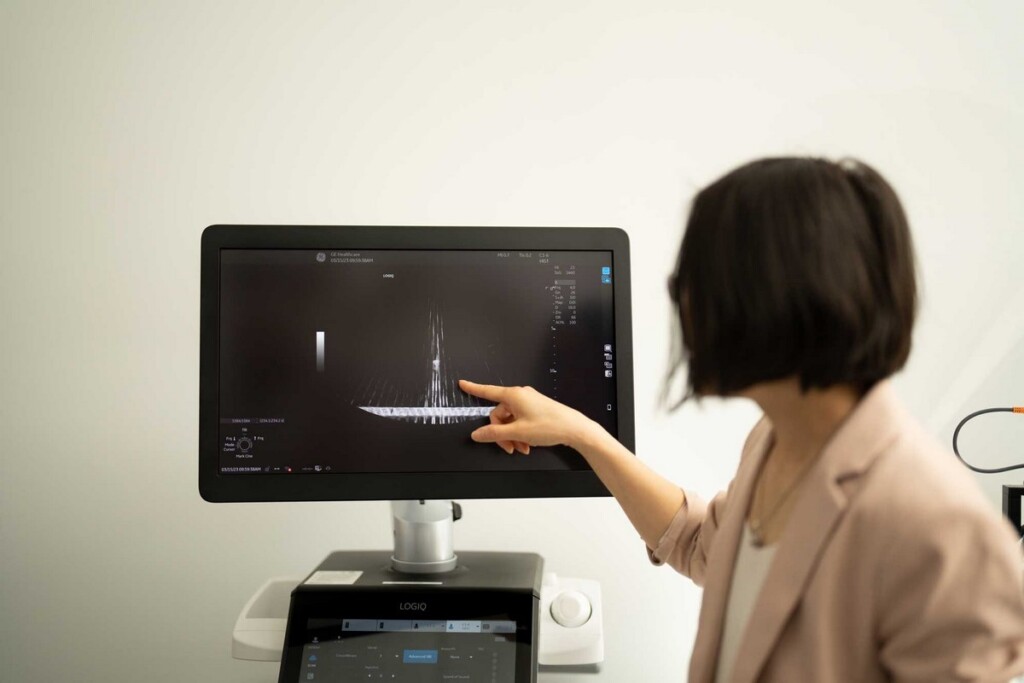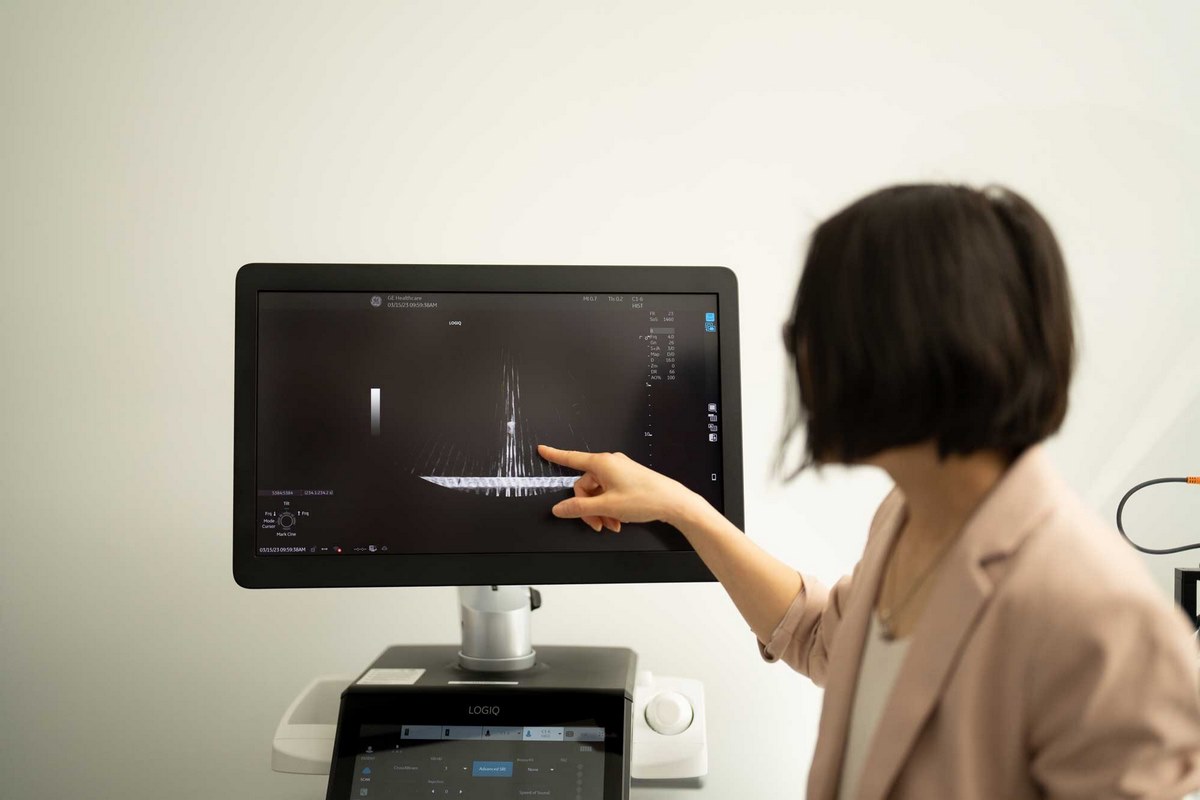
Oncologists have a new tool to target liver cancers with thanks to an academia-marketplace-based solution that uses high-energy acoustics to destroy tumors with sound.
Known as “histotripsy,” the method and machinery have already been tested successfully in animals and humans, and has just been approved for use by the FDA.
HistoSonics is a company founded in 2009 to create an ultrasound device that both screens for tumors and administers histotripsy. It was born from the efforts of scientists at the University of Michigan who co-founded the firm.
“Histotripsy is an exciting new technology that, although it is in early stages of clinical use, may provide a noninvasive treatment option for patients with liver cancer. Hopefully it can be combined with systemic therapies for a synergistic therapeutic effect,” said Mishal Mendiratta-Lala, professor of radiology with Michigan Medicine.
Mendiratta-Lala was the principal investigator of an FDA human trial started in 2021 which confirmed that HistoSonic’s device, called Edison, can destroy cancer tumors.
MORE GOOD CANCER NEWS: Simple Blood Test for ‘Silent Killer’ Ovarian Cancer on the Horizon After Discovery of 3 Telltale Proteins
According to the U-Michigan press, histotripsy works by using targeted ultrasound waves to form microbubbles within the tumor. The forces created as those bubbles form and collapse cause the mass to break apart, killing tumor cells and leaving the debris to be cleaned up by the immune system.
Histotripsy avoids the damage and trauma of invasive surgery and the debilitating side effects of chemotherapy and radiation, thanks in no small part to the fact that the Edison device uses ultrasound—the same device used to see babies inside of wombs—and so the physicians can be very precise with targeting which tissues are destroyed.
In two trials in mice, another benefit of this tech was observed. The first was that even if Edison was able to destroy only 50% or 70% of the tumor tissues, subsequent immune responses in the mice were observed which further deteriorated the tumors.
Cancers are famous for hiding themselves in the host by using the host’s own biological signatures to avoid detection by immune cells. The blast from the ultrasound brought down that defense system it seems, and allowed the immune system to target and destroy the tumors.
CHECK OUT: Vaccine that Could Cure and Even Prevent Brain Cancer Developed by Scientists
Furthermore, this means in theory, and a trial confirmed, that in the case of a resurgence of the cancer, the immune system could treat it like any other disease and target it in its early stages.
“We want to leverage histotripsy’s immuno stimulation effects and hopefully combine them with immunotherapy or drug delivery,” said Zhen Xu, U-M professor of biomedical engineering, an inventor of the histotripsy approach and a co-founder of HistoSonics.
“That will move histotripsy from a local therapy into one that can treat tumors globally all over the body and eventually into a cure. In terms of the cancer treatment, that will be the next step, and I feel very excited about the potential.”
WATCH the story below from U-Michigan…
SHARE THE Good News About Cancer On Social Media…




















